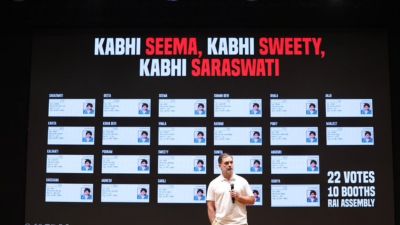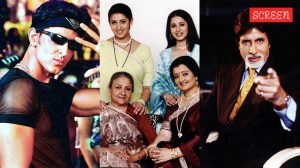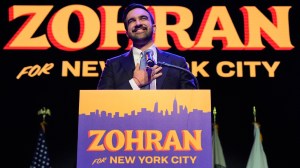Apex court orders new tariff formula for DTH operators
SC fixes 42 per cent of non-CAS tariff as benchmark for all commercial deals.
In a move that will ensure that the cost of cable channels will continue to remain affordable for consumers even after shifting from analogue to digital services,the Supreme Court last week ordered a new tariff formula for all digital addressable platforms.
The apex court has fixed 42 per cent of non-CAS tariffs as the new benchmark for all future commercial agreements between broadcasters,direct-to-home (DTH) firms and MSOs offering digital cable services. This formula will now replace the earlier tariff orders (35 per cent by Trai in July 2010 and 50 per cent by TDSAT in July 2006).
Simply put,this means that DTH,digital cable,and IPTV operators will only pay the broadcasters up to 42 per cent of the tariff fixed in the analogue cable market (non-addressable and un-regulated). This is important because the government has recently oulined December 31,2014 as the cut-off date for shifting to digital and addressable cable services.
Experts said the new order will not have much impact on the DTH operators as most of them have signed long-term commercial deals with the broadcasters. However,this will help the MSOs get into agreements with broadcasters under a well-defined commercial formula.
The apex court gave the interim-order while hearing a plea of the Telecom Regulatory Authority of India (Trai). The broadcast regulator had gone to SC challenging a TDSAT judgement of December 2010 which had set aside its 35 per cent tariff order for DTH platform. The Trai’s 35 per cent tariff formula was opposed by most broadcasters.
A bench comprising justices RV Raveendran and AK Patnaik stayed the order of the Telecom Disputes Settlement & Appellate Tribunal (TDSAT),which had set aside Trai’s notification of July 21.
While most MSOs and DTH operators have welcomed the move,the new formula will impact the margins of broadcasters and DTH operators as they will realise lower revenue from digitally addressable homes,experts said.
“The court’s order has removed the tariff-hurdles in the path of digitalisation. As we move towards the complete digitalisation of the cable services,the 42 per cent tariff formula will help all stakeholders in coming years,” said Ashok Mansukhani,president,MSO Alliance,the apex body of leading Multi-Service Operators (MSO).
A top executive of a leading MSO firm said the 42 per cent tariff order will drastically reduce the litigations between broadcasters and cable distributing firms. “Also,there will be a five to six fold jump in the subscription declaration as a result of digitalisation and the clear tariff formula on digital platforms,” the MSO said.
The Shares of Dish TV tumbled as much as 6.5 per cent after the news of SC’s new tariff formula came out. At the close of trading hours on Monday,Dish TV’s stocks were down 2.49 per cent. In contrast,the scrips of MSOs like DEN (5.63 per cent),Hathways (9.87 per cent) and WWIL (4.44 per cent) saw upward movement.
Before the Trai’s 35 per cent tariff order proposal,all commercial deals between broadcasters and DTH operators materialised at 50 per cent of non-CAS rates (a formula given by a 2006 TDSAT judgement). However,in July last year,Trai,after consultation with the stakeholders,had came out with a new tariff order fixing the tariffs on DTH at 35 per cent of the non-CAS rates. This was challenged by most cable distribution firms and broadcasters. In December 2010,TDSAT set aside the Trai’s 35 per cent tariff order.
According to the earlier (50 per cent of non-CAS rates) formula,a channel costing Rs 50/subscriber in non-CAS areas (most of India) was to be priced upto Rs 25/subscriber on the DTH/digital cable platform (50 per cent formula). Now the same channel will can not be priced beyond Rs 21 (42 per cent formula as per SC’s interim order).



- 01
- 02
- 03
- 04
- 05




























